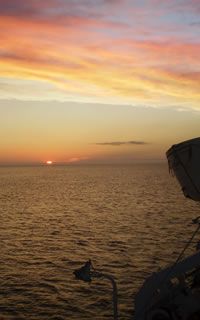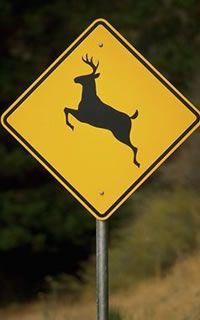Canada Travel by Ferry
Ferry travel in Canada is an important mode of transportation for many communities in Canada. Ferries cross rivers, lakes and oceans in order to connect roads and communities. Ferries are sometimes the only mode of transportation connecting communities to the mainland.
Ferries come in various sizes and quality. There are small cable ferries and there are large commercial ferries. In most cases passengers stay in their vehicles when traveling on many of the smaller ferries with the shorter routes. However, on the larger ferries passengers move to the upper decks during travel times. In actuality, passengers are not permitted on the car decks (safety regulations) of the larger ferries while in transit.
The upper passenger decks on the larger ferries include such extras as front and rear seating areas, lounges, washrooms, passenger viewing decks, internet, coffee shop, restaurant, gift stores, games room and playrooms. On the extra long ferry routes, where over night travel is required, there are sleeping quarters and possibly a theatre room.
Depending on the size of the ferry, the ferry route and the weather conditions - the crossing time for some of the smaller ferries can take as little as 15 minutes to as long as 10 hours on some of the longer routes.



